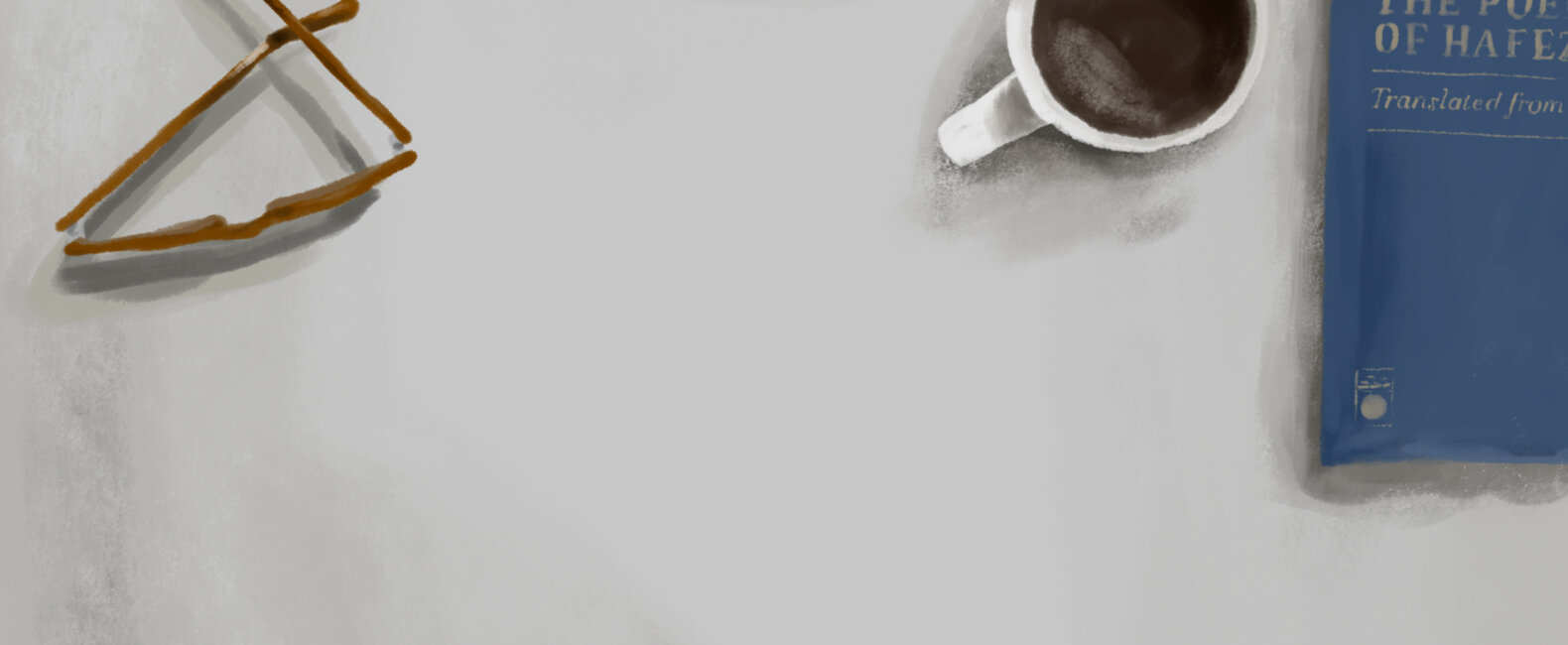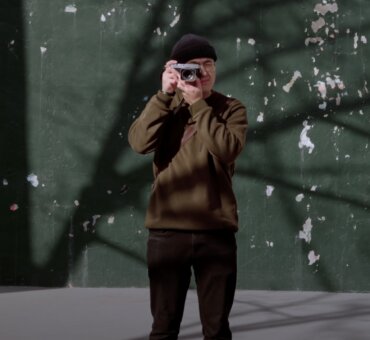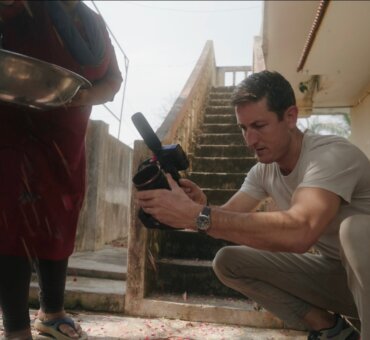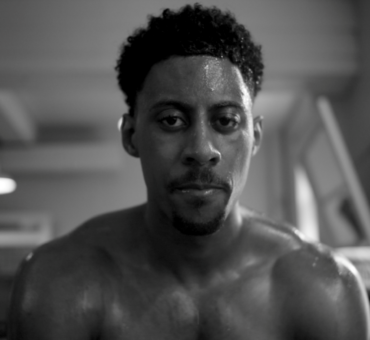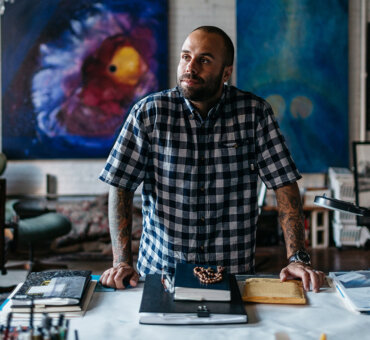“May I propose a Herzog dictum?” Werner Herzog asks in his tome-sized, epiphany-dense book, A Guide for the Perplexed. “Those who read own the world, and those who watch television lose it.”
In the spirit of this Herzogian axiom (which we mostly agree with, by the way), we’ve compiled a list of eight books every filmmaker should read this summer [also check out our list of the best filmmaking books here]. Some are directly related to the craft. Others are simply examples of great craftsmanship themselves. But all of them will make fantastic companions whether you’re unwinding on the beach or head-down inside your latest project. These suggestions were compiled from our own reading and from the reading of some of our talented filmmaking friends. We hope you find one that, in the words of J. D. Salinger, “Really knocks you out.”
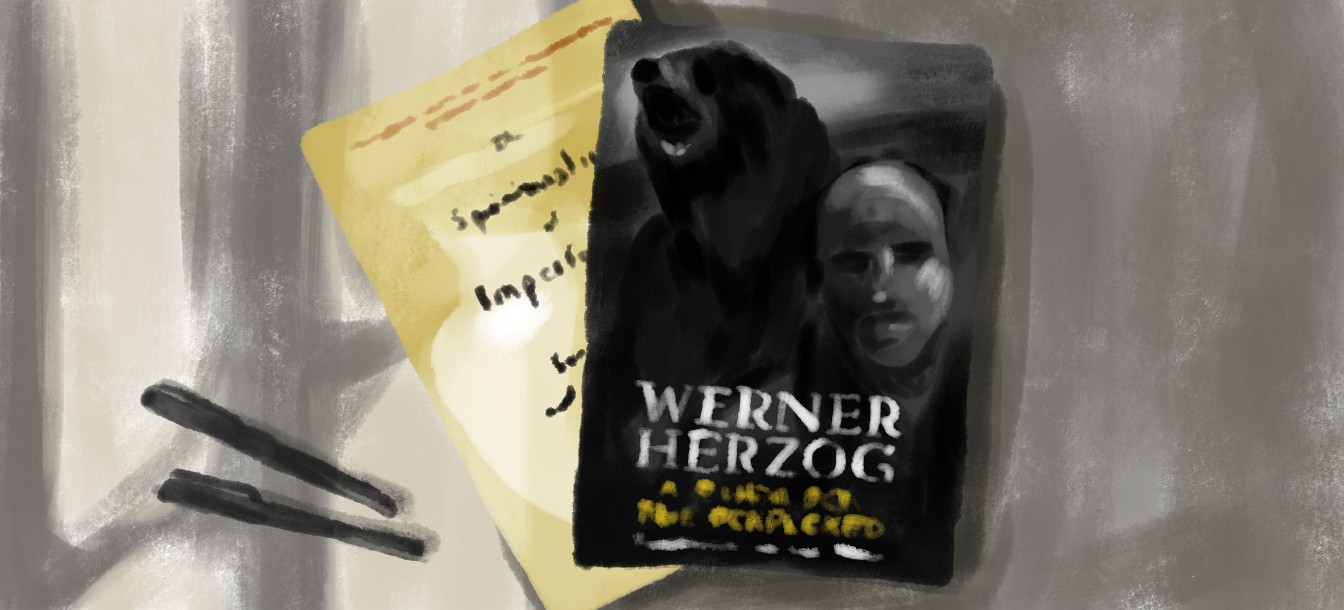
A Guide for the Perplexed, Werner Herzog
Recommended by: Musicbed
Let’s start with the obvious. This book by Herzog has been a constant inspiration (and challenge) to us for more than a year now. It is a long conversation between Herzog and writer Paul Cronin that covers everything from script writing to film financing to lock picking. It might not be fair to call it a “summer read.” It’s more like a lifetime reference guide, an encyclopedia ⎯ something to be kept on your shelf and referred to in times of crisis. It’s nearly 600 pages long. So if you don’t finish it on your trip to Ft. Lauderdale, don’t beat yourself up. Buy it this summer; keep it for life.
Telling Excerpt: I don’t take myself too seriously, and at my age I should probably find more dignified work than filmmaking. At the same time, cinema has made a stronger impression upon us than any other form of imagery every invented. Films contain the most intensive chronicle of the human condition…. In years to come we will look to cinema as the most coherent representation of society, of our achievements and failures, in the twentieth century.
The Spirituality of Imperfection, Ernest Kurtz and Katherine Ketcham
Recommended by: Eliot Rausch
Speaking of Voltair, here’s something else he wrote: “The perfect is the enemy of the good.” Creatives understand this struggle better than most. We live in the tension between perfecting our work and getting it out into the world. The hard part is realizing that imperfection is part of what it means to be human ⎯ and so, it’s part of what it means to make art. In order to find peace with either, we have to find peace with imperfection. That’s what The Spirituality of Imperfection is all about: spirituality, imperfection, and storytelling. “I have been reading this lately, coming back to it,” Eliot Rausch told us. “There is a lot there for the storyteller seeking to be more honest with himself or herself, and the stories they want to tell.”
Telling Excerpt: Errors, of course, are part of the game. They are part of our truth as human beings. To deny our errors is to deny ourself, for to be human is to be imperfect, somehow error-prone. To be human is to ask unanswerable questions, but to persist in asking them, to be broken and ache for wholeness, to hurt and to try to find a way to heal through the hurt. To be human is to embody a paradox, for according to that ancient vision, we are “less than the gods, more than the beasts, yet somehow also both.”

The Poems of Hafez, Shamseddin Hafez
Recommended by: Amirah Tajdin
Shamseddin Hafez very well may be the most influential poet in the Persian language. He has done more for his language than Shakespeare did for English. Which explains why more than 600 years later, he is still a household name. Add this book of poetry to your summer reading list because, as Amirah Tajdin told us, “Nothing says summer like the whimsy of a Persian poet whose imagery through words alone can inspire a plethora of cinematic feels.”
Telling Excerpt: New Spring, come: be blithe and happy: / so many roses in bloom, you still stuck in the mud! / I will not advise you with whom to sit and what to drink: / you will know it, if you are wise and clever.

Candide, Voltair
Recommended by: Danny Madden (a.k.a. Ornana)
It’s important to read old things — if for no other reason than the fact they’ve survived so long. Time is the most powerful endorsement. These days a film that holds up for more than a decade is considered a classic. Well, how about a book that has held up for more than two and a half centuries? If you want to learn something about telling meaningful stories, read a story that has meant something for generations. “It’s a quick read,” Danny Madden says, “but it contains such a massive scope. It’s fantastical and fun and poignant; and if you’re a storyteller, just look at how Voltaire fits so much into so little. Above all, it’s got replay value. You wanna start it again right after you finish.”
Telling Excerpt: “You’re a bitter man,” said Candide. “That’s because I’ve lived,” said Martin.

Making Movies, Sidney Lumet
Recommended by: Jesse Atlas
It can take a lifetime to learn how to put two good hours up on a screen. Thankfully, we have plenty of incredible artists who have gone before us. Sidney Lumet’s Making Moviesis a mixture of memoir and craft notes that reveals not only the inner workings of his career, but of the film industry as a whole. Best of all, it’s short. Only 200 pages. “Just a super simple and fun read,” Jesse Atlas said.
Telling Excerpt: I once asked Akira Kurosawa why he had chosen to frame a shot in Ran in a particular way. His answer was that if he’d panned the camera one inch to the left, the Sony factory would be sitting there exposed, and if he panned an inch to the right, we would see the airport — neither of which belonged in a period movie. Only the person who’s made the movie knows what goes into the decisions that result in any piece of work. They can be anything from budget requirements to divine inspiration.
Made to Stick, Chip Heath and Dan Heath
Recommended by: Elle Ginter
In the end, a film lives and dies on its ideas ⎯ its ability to make an audience see the world in a slightly new way. In the book Made to Stick: Why Some Ideas Survive and Others Die, Chip Heath and Dan Heath call these ideas “sticky ideas.” Learning to develop them is useful in everything from science to politics to film. Elle Ginter explains: “It’s been insanely helpful in guiding me through developing storylines and characters ⎯ making sure any ideas I move forward with are ‘sticky,’ a.k.a. memorable, authentic, and not super terrible overall. The question it asks throughout ⎯ Will people watch this film and then go tell a friend about it over coffee? ⎯ has really challenged my creative thinking and pushed me out of the box.”
Telling Excerpt: Some ideas are inherently interesting and some are inherently uninteresting. A gang of organ thieves — inherently interesting! Nonprofit financial strategy — inherently uninteresting! It’s the nature versus nurture debate applied to ideas: Are ideas born interesting or made interesting? Well, this is a nurture book.
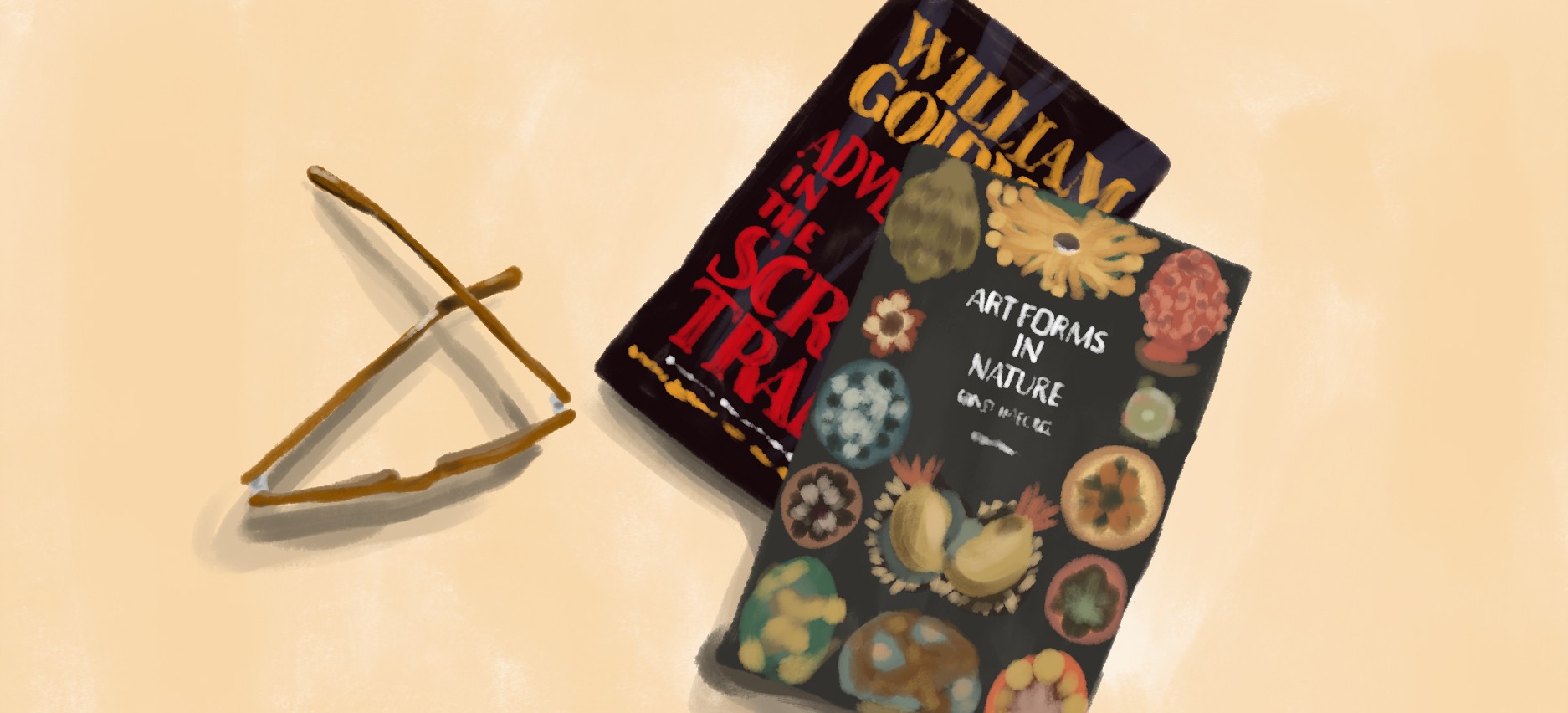
Art Forms in Nature, Ernst Haeckel
Recommended by: Susi Sie
Decades after Ernst Haeckel’s illustrations were first published, powerful microscopes would confirm their accuracy. Haeckel was a relentlessly curious and productive naturalist, philosopher, professor, and artist who produced more than 13,000 pages of writing and illustrations throughout his lifetime, not to mention discovering and documenting thousands of new species. His Art Forms in Nature shows us our own world in a way we’ve rarely seen it. Featuring drawings of everything from Bryozoa to frogs, it’s a book you can come back to over and over again to find new inspiration. Filmmaker Susi Sie told us it is “the most inspiring and fascinating book of my life. Seeing his drawings is like discovering hidden treasure.”
Telling Excerpt: Sorry. You have to see this one for yourself.
Adventures in the Screen Trade, William Goldman
Recommended by: Reinaldo Marcus Green
Films aren’t just artistic feats. They are entrepreneurial, political, personal. They’re a trade, and there are few more experienced tradesmen than William Goldman, a two-time Academy Award–winning screenwriter who has written films like Butch Cassidy and the Sundance Kid, All the President’s Men, and The Princess Bride. Reinaldo Green: “I really enjoyed this one. A friend gave it to me when I first entered film school ⎯ he knew I wanted to be a producer. It’s a real inside look into the mind of one of the greatest writers and producers in the last century. It’s raw, it’s funny, it’s unapologetic, and it gives readers a raw, visceral experience into the nuttiness we call Hollywood. But if you love movies, you’ll understand what it takes to make a really good one ⎯ over and over again like William Goldman did.”
Telling Excerpt: How do stars happen? Invariably, by mistake. And invariably that mistake is committed by another performer who is a bigger name at the box office. You may think of Robert Redford as a force of nature, but if Marlon Brando or Steve McQueen or Warren Beatty had said yes to the part of the Sundance Kid, Redford might well have remained what one studio executive told me he was when talk of hiring him first came up: “He’s just another California blond — throw a stick at Malibu, you’ll hit six of him.”















































































